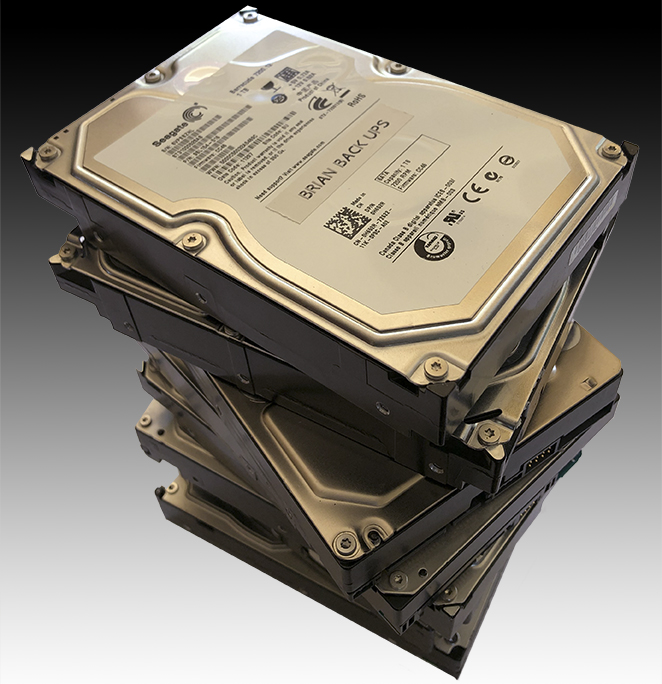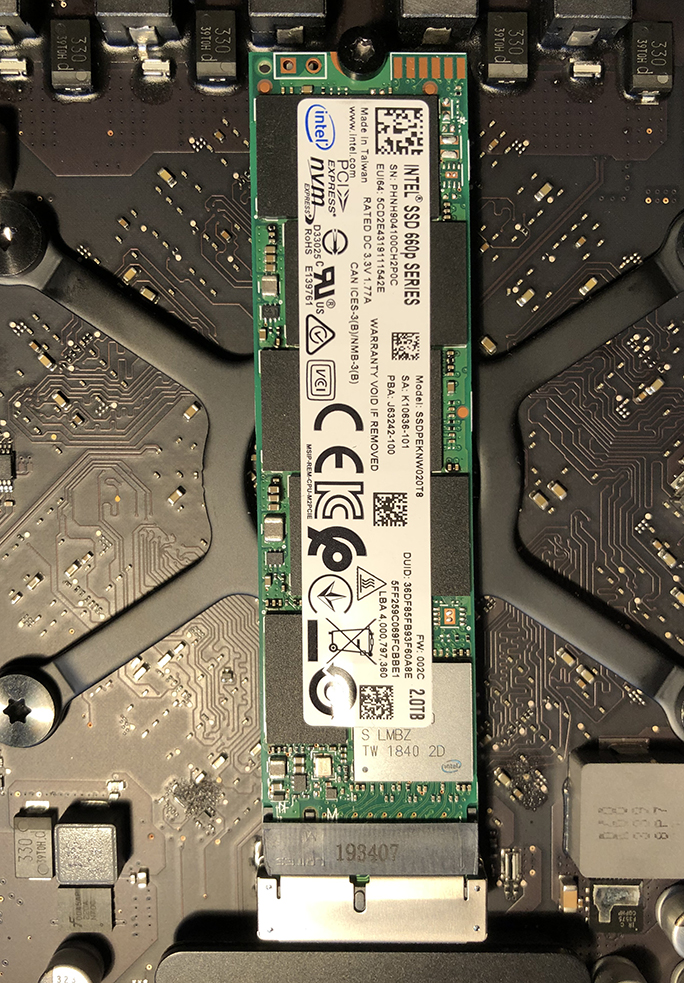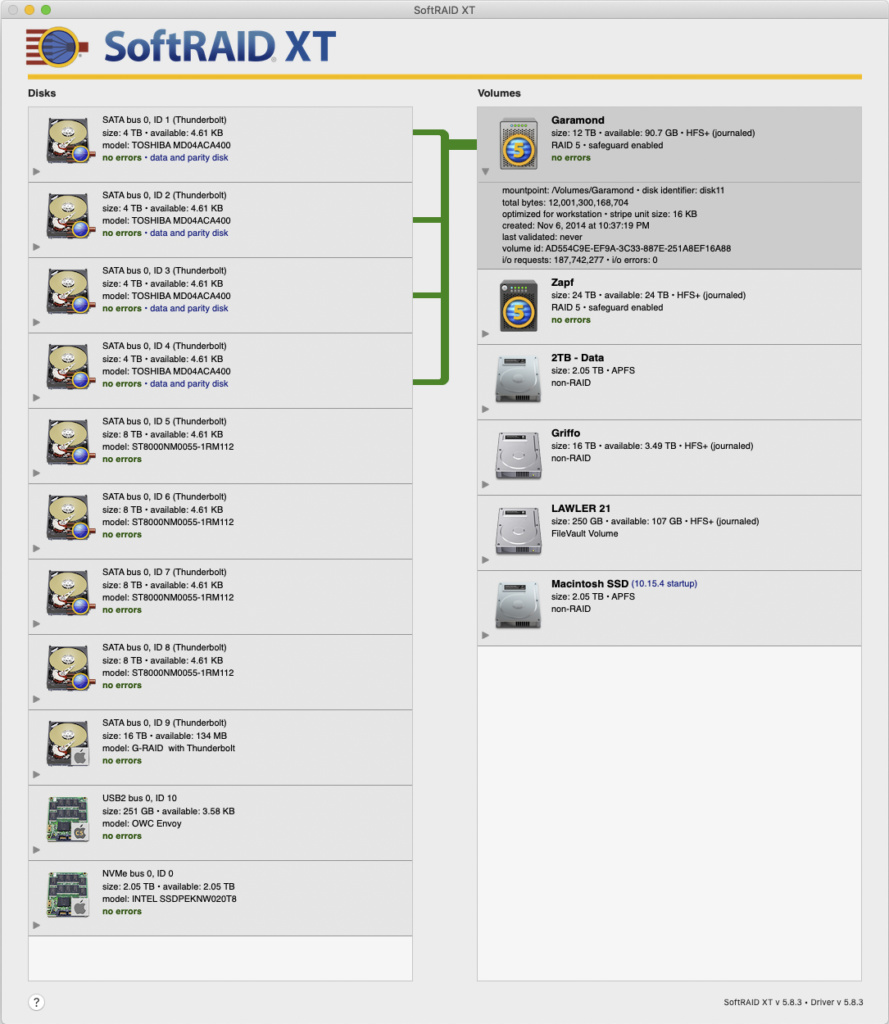
I’m in my second week of online teaching. It’s particularly difficult because my class is a hands-on course in digital photography and color management.
But this quarter it’s all hands-off. And that is making me crazy.
The announcement that I would be teaching online came at the end of last quarter, at the end of finals week. Cal Poly was not quick or decisive in making the decision about classes in Spring. They dithered a bit before making the official policy. Then we had two weeks to prepare and deliver.

Suddenly my colleagues and I were thrust into the world of Zoom, Screencast-o-matic and YouTube. We are also being forced (strongly encouraged) to switch learning management systems from one based on Moodle to a new one called Canvas. So I needed to learn a handful of new technologies in a short period of time. The first week was, mostly, successful (my students are patient). Everything that could go wrong went wrong. Then more things went wrong.
I am, of course, working from home. I have reasonably fast Internet over a wired mutiple-DSL connection. It works great when I am plugged in with an Ethernet cable. WiFi is altogether different. That, in my home is based on an antiquated system that I installed 15 years ago, and it is showing its weakness now. I tried on Thursday to teach my class from the dining room, over WiFi. I have 46 students, and just as they all got to the Zoom class, my Zoom crashed, and crashed and crashed. So I carried my MacBook Air upstairs while talking live to my students, and plugged in to the wire. Then it worked fine.
The strain on me and my systems is obvious, and my reaction to it is to do the best I can. I also know that I am not alone here. I hear from my colleagues that this is common. Everyone is straining under the load. I am doing OK, or not worse than my fellow teachers.
At the beginning of March, I ordered a new hard drive array from Other World Computing (OWC). This was a result of reaching capacity on my existing OWC RAID drive. I have a second drive that is running Time Machine, Apple’s excellent back-up software. It is the same size, and was also reaching capacity. My plan was to get a drive with twice that capacity, migrate the Time Machine files to that new drive, and then start over on one of the two smaller drives.
When I say “smaller” I mean huge hard drives, but relatively smaller than other huge hard drives. My primary drive, and my Time Machine back-up are both 16 TB. The new drive is 32 TB. In the new configuration that drive will become the Time Machine and the current one will be moved to everyday use. All of this seemed reasonable and easy.
Until the drive was delivered to my door.
Week One: I installed it, and ran the cable from my Mac Pro to… a USB-C plug on the back of the new drive. And that was my first problem. I don’t have any USB-C outlets or cables (I’m dating myself here). I called OWC, and they recommended an adapter made by Apple. That was the same day the Apple Stores closed. I ordered it online, spent $50, and it took a week to arrive.
Week Two: When that arrived, I plugged it in and connected the drive to the Mac Pro. And it didn’t work. Back on the phone with OWC Tech Support (fabulous tech support!!) I was asked what operating system I run. Answer: Sierra. Oh! That’s the problem! My operating system doesn’t acknowledge these new USB-C connections. I was told to update my OS. So I tried, and failed to upgrade. My third-party SSD, installed when my Mac Pro was new (2014?), would not support the upgrade because it lacked “a firmware partition.”
I searched for solutions, and found a few, one of which was to install the original SSD from Apple, and do the upgrade. I don’t have the original SSD, so that was not going to work. Another solution was to purchase an Apple-acceptable new SSD (Intel) and install that in the Mac Pro. An additional advantage was that I could order one of those with the Mac OS Catalina already installed. I ordered it.

Week Three: The new SSD arrived. I installed it (no small feat) and turned the machine on, and it didn’t work.
I contacted the seller (a really wonderful guy!) who walked me through a series of trouble-shooting steps and ultimately showed me how to create a bootable USB drive with the new OS on it. I tried, and failed to upgrade to the Catalina operating system. I was trying to go three operating systems forward in one step… bad idea. I made another USB boot drive with just one step forward in operating systems, and that one worked. After that I had the necessary firmware partition, and was able to initialize the new SSD, and ultimately to install the Catalina operating system on my Mac Pro. It was a two-day process all-told.

Week Four: Even with the new operating system, I still couldn’t get the new 32 TB RAID to work. I called OWC tech support again. The patient man on the other end walked me through some troubleshooting steps to determine that the cable was defective. They shipped one to me at no cost (superb tech support!). While he was helping me, their SoftRAID software indicated that one of my four original 4 TB drives was failing. The software suggested that I replace the drive quite soon! The tech support man underscored that message. I ordered a replacement drive, with two-day shipping.
Week Five: The replacement drive arrived. The cable arrived, and I plugged it in. The new 32 TB drive worked. Hurrah! I installed the replacement 4 TB drive in my old RAID enclosure, and that began a reconstruction process that lasted about six hours. By morning the old RAID was working perfectly again, thanks to the new drive.
ALL of my drives were now working!
Last night I began copying my Time Machine files (66.8 million or so) from the 16 TB drive to the new 32 TB drive.
After 17 hours (no exaggeration) of thinking about copying the files from the old to the new, my software gave up. I got a message about how it had run out of System resources. I moved to Plan C (perhaps it’s D). This morning I erased my Time Machine back up disk altogether, then started Time Machine over again on the new 32 TB drive. This back-up process will inevitably take a few weeks,* but I don’t really care. I’m skating on thin ice at the moment, but every day that passes will make the Time Machine back-up more complete. When it’s finished my system will be whole again.
You may wonder why I decided to erase the Time Machine drive. I needed to do this to get the space for my current work, which includes recording videos for my online classes. My other 16 TB drive is completely full.
Meanwhile, I have been trying to get my normal work done. And I have been doing pretty well, all things considered.
Thank you to Other World Computing for making very nice products, for making very nice software, and for absolutely incredible tech support.
And, thank you to my readers for caring enough to read about this odyssey. There may be something in here that will be helpful to others as they try to accomplish the same tasks.
*Checking in on Wednesday, April 15: It took less than three days to make a complete Time Machine back up of my drives.
